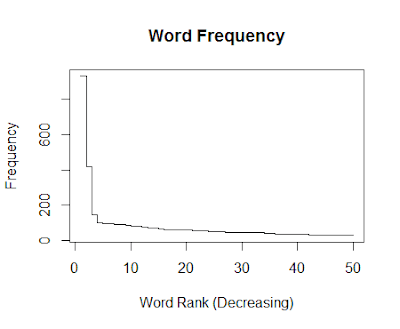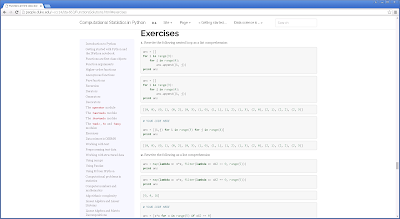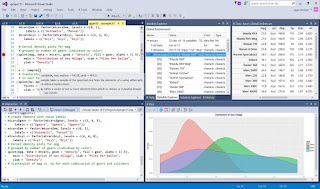Do Olympians Get Too Much Exercise? - The New York Times
This article in the NY Times is to some degree an example of the problem of survivor bias, or generalizing from the few successful individuals to all individuals Do Olympians Get Too Much Exercise? My comment: One obvious problem with this type of study, is that athletes that might have developed issues might no longer engage in, and might have previously given up, said activities. If you only look at the winners, and not the losers, one gets an unfair picture of the effect or traits on all participants. Yes, you know that the winners did not have problems, but what about those that gave the activity up, or died?











